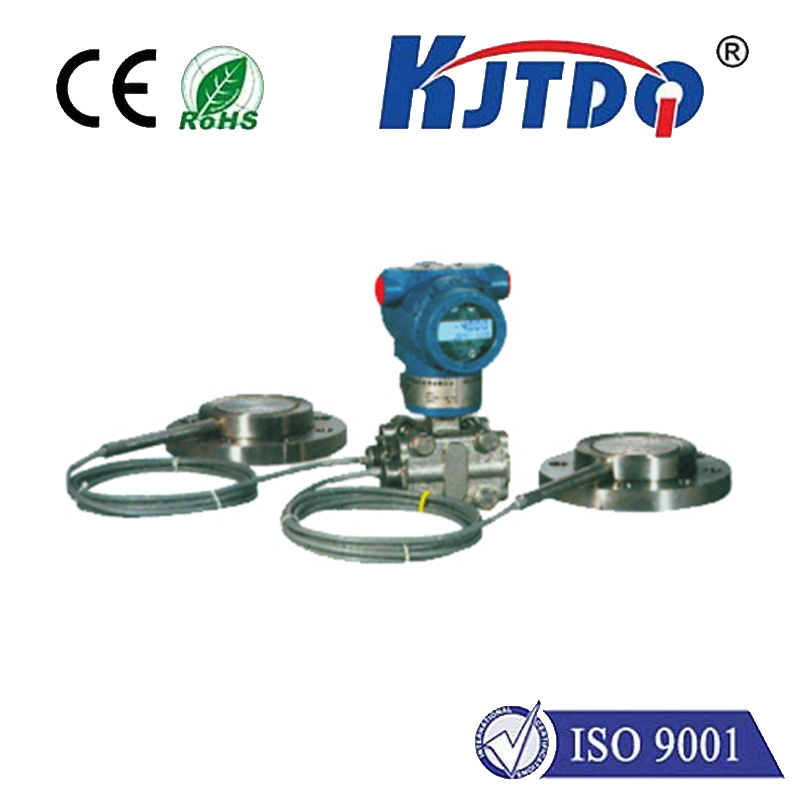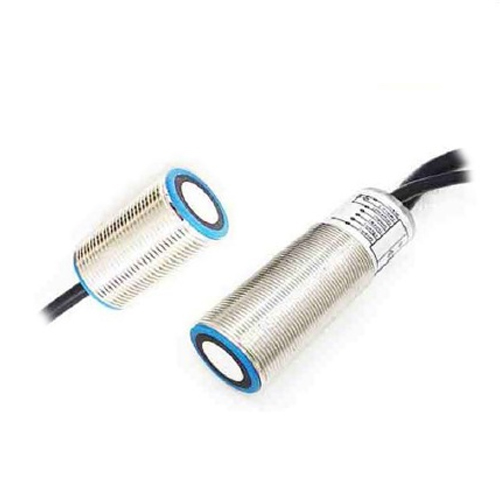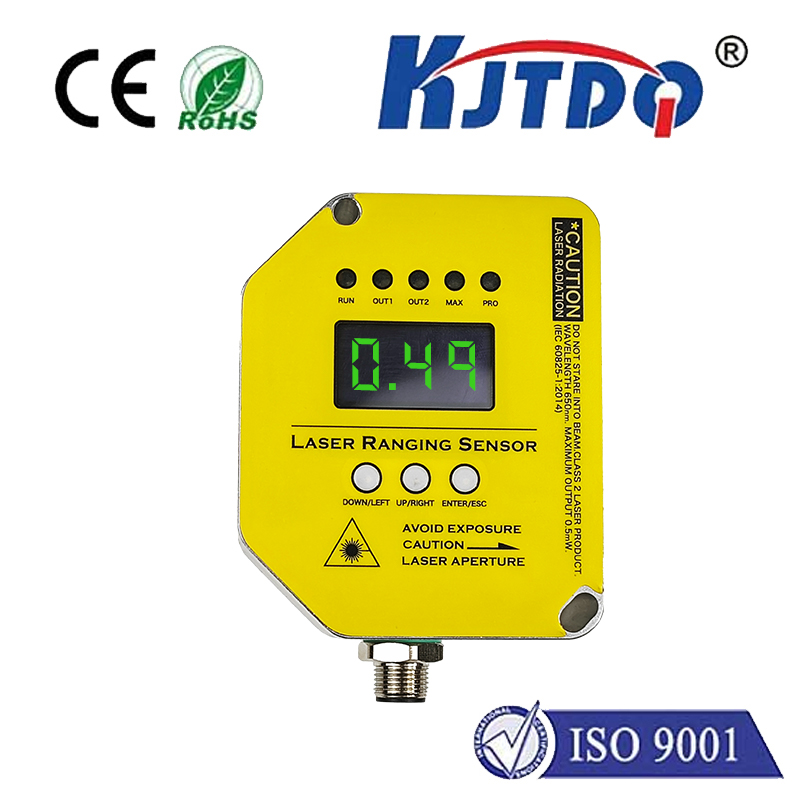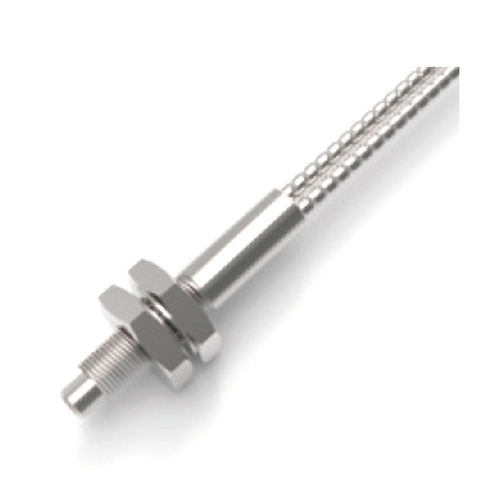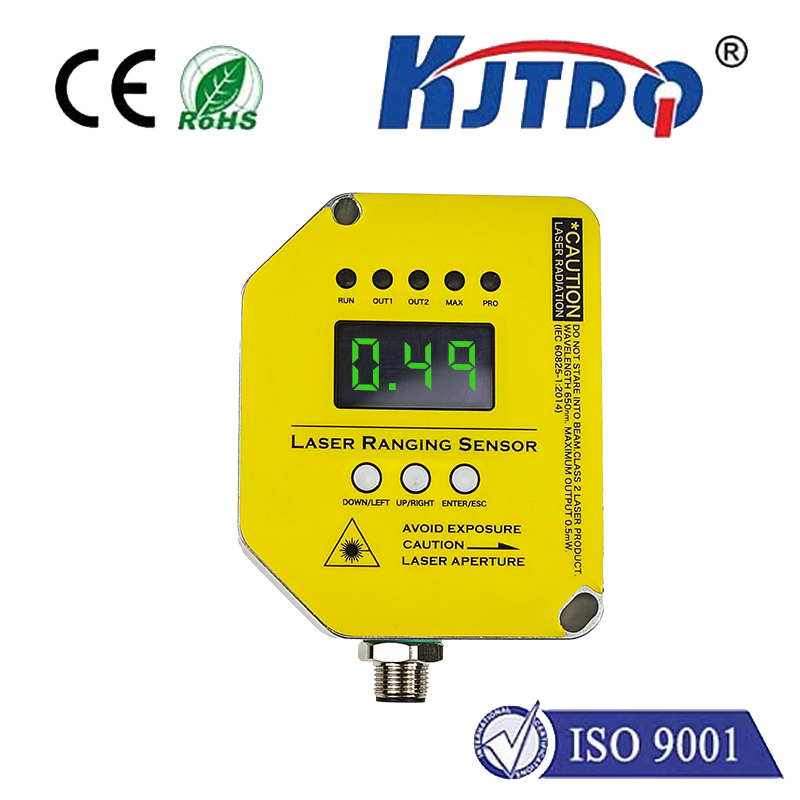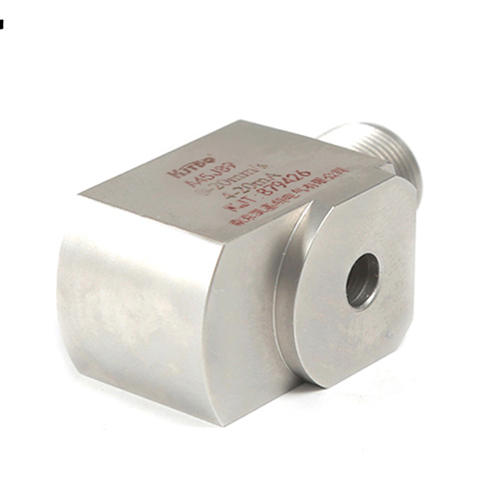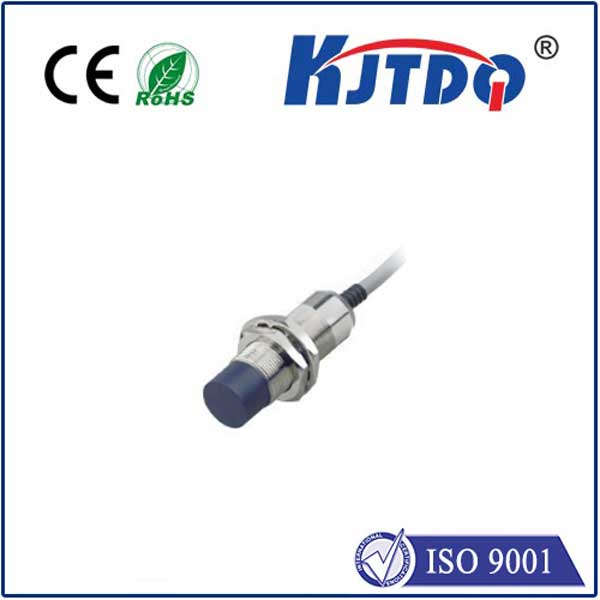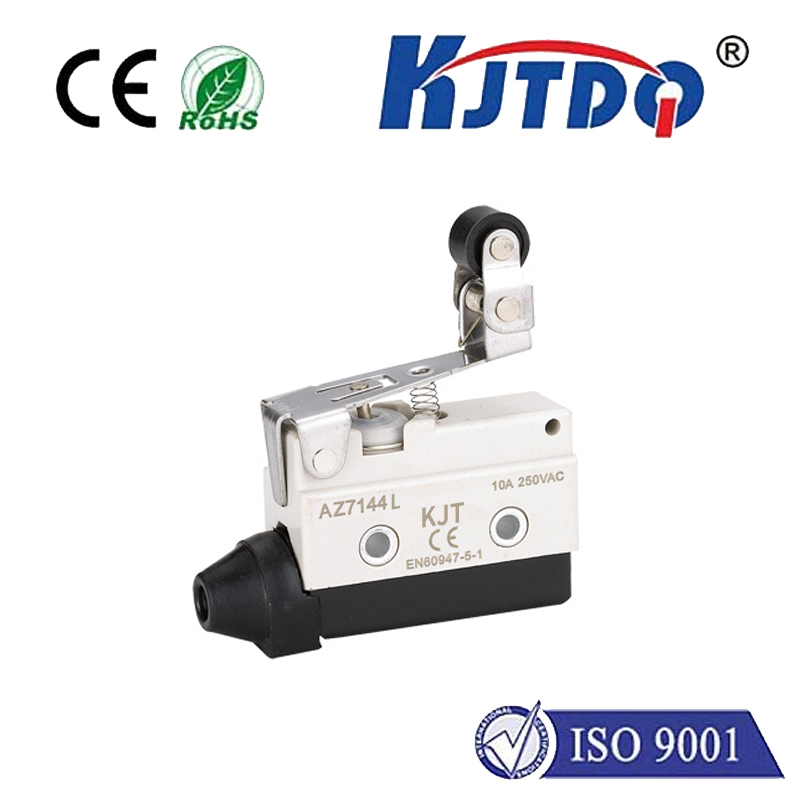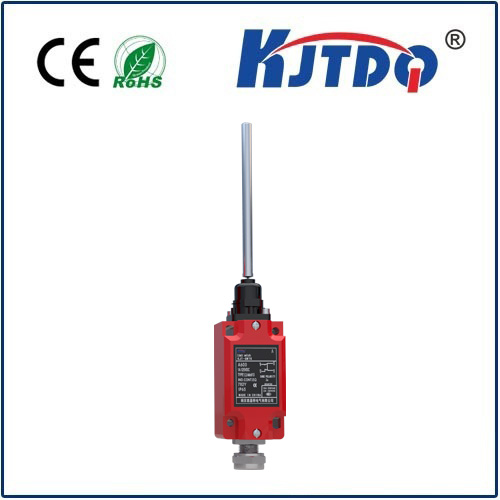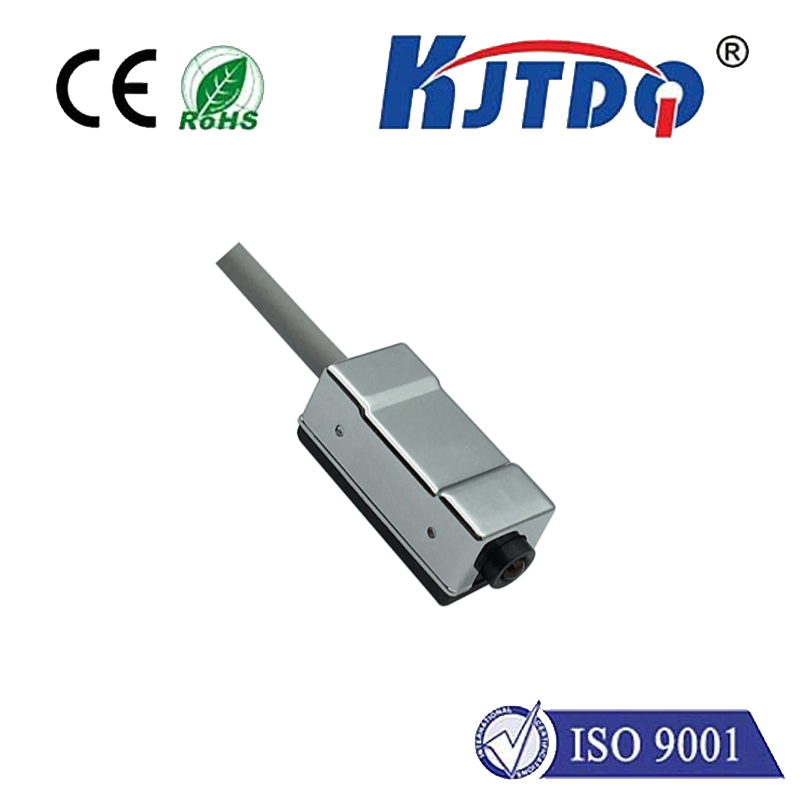

check

check

check

check

check

check

check

check

check

check
Title: The Versatility and Applications of Fiber-Coupled Photodiodes
The fiber-coupled photodiode is a remarkable optoelectronic component that has revolutionized the way we capture, transmit, and receive light signals. By combining the high sensitivity of a photodiode with the flexibility of optical fibers, this device offers unparalleled benefits in various applications ranging from telecommunications to medical diagnostics.
One of the key advantages of using a fiber-coupled photodiode is its improved coupling efficiency. Unlike traditional photodiodes which require precise alignment for optimal performance, the integration of optical fibers allows for easy coupling of light into the detector. This results in reduced signal losses and enhanced overall system performance.

In telecommunications, fiber-coupled photodiodes play a crucial role in detecting and converting light signals transmitted over long distances through optical fiber cables. They are essential components in receiver modules used in fiber optic communication systems, enabling high-speed data transfer with minimal error rates. Additionally, these devices find applications in networking equipment such as routers and switches, ensuring reliable connectivity between different nodes in a network.
In the field of medicine, fiber-coupled photodiodes are employed in medical imaging techniques like endoscopy and laparoscopy. The small size and flexibility of optical fibers allow them to be inserted into narrow spaces within the human body, making it possible to capture images from hard-to-reach areas. The photodiode then converts these visual signals into electrical ones, providing doctors with clear and detailed images for accurate diagnoses.
Another area where fiber-coupled photodiodes shine is in spectroscopy and sensing applications. These devices can accurately measure light intensity and wavelength, which makes them ideal for use in chemical analysis, environmental monitoring, and industrial process control. By detecting subtle changes in light properties, they help scientists gather valuable data about various substances and phenomena.
Furthermore, fiber-coupled photodiodes have also made their mark in the automotive industry. They are utilized in safety systems such as lane departure warning sensors and adaptive cruise control systems. The ability to detect changes in light patterns helps these systems make quick decisions to alert drivers or adjust vehicle speed accordingly, contributing to safer roadways.
In conclusion, the fiber-coupled photodiode's unique combination of high sensitivity and flexible fiber optic technology has paved the way for numerous advancements across diverse industries. From enhancing communication networks to improving medical imaging techniques and facilitating scientific research, this versatile optoelectronic component continues to shape our world with its innovative capabilities.
